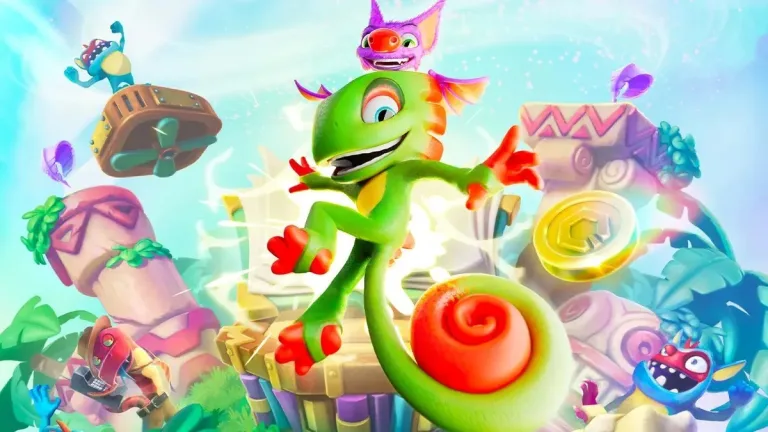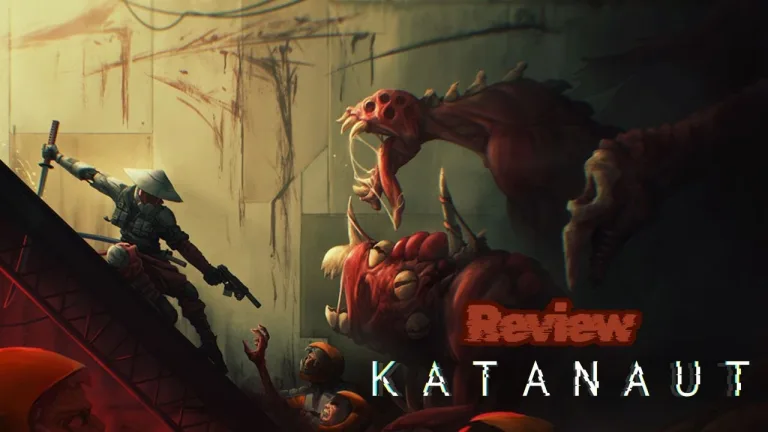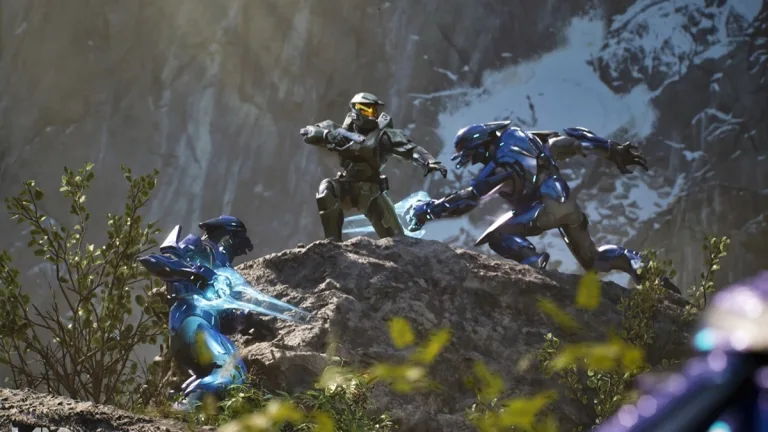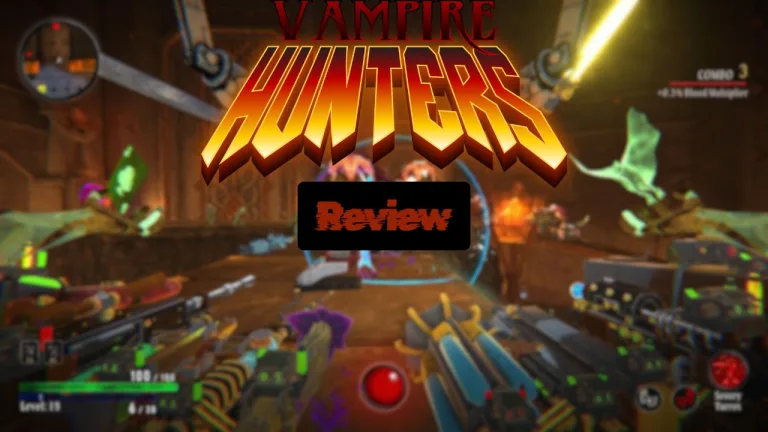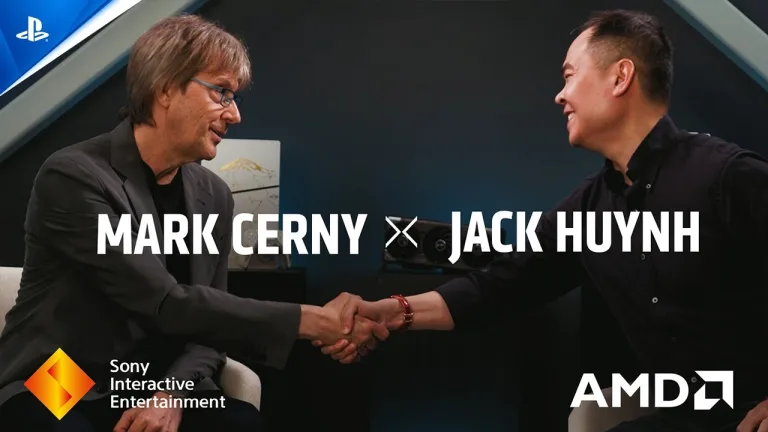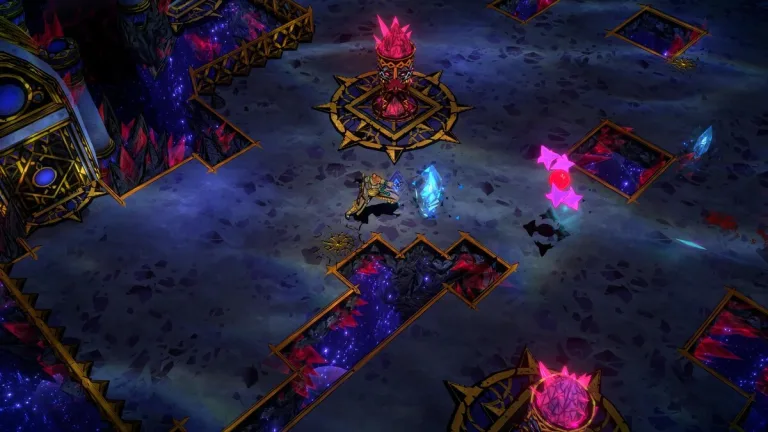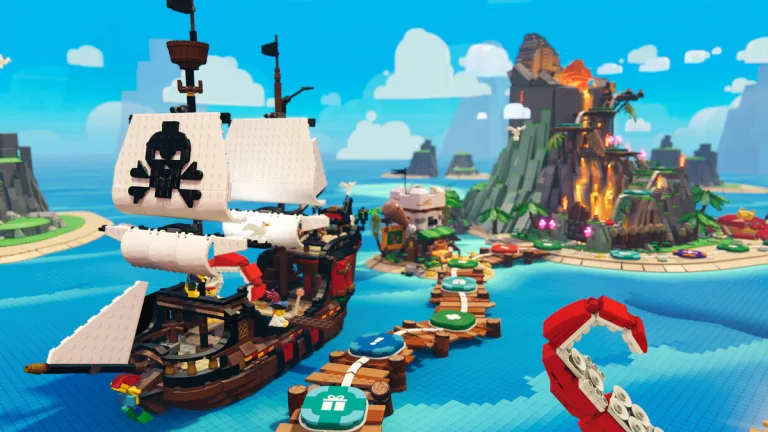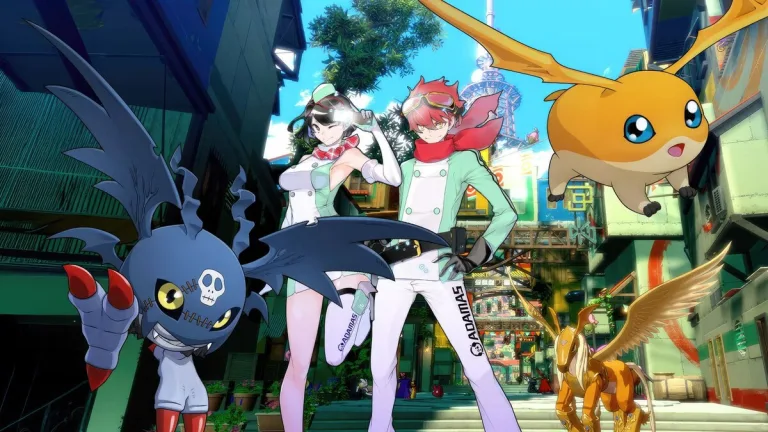Playtonic, the developers behind Yooka-Laylee, spent around eight years working on the remake of their only game,...
Games
Katanaut is one of those rare indie titles that refuses to sit neatly in a single box....
After nearly two decades shaping the look and feel of one of gaming’s most iconic universes, Halo’s...
Gamecraft Studios, a Brazilian indie team known for experimental titles like For Sparta and Rogue Summoner, set...
Sony flirting with a “PS6 handheld GPU” that touts ray tracing, even path tracing, and AMD “Radiance...
Nintendo has always been a company that thrives on surprise. From the moment Shigeru Miyamoto introduced the...
Sworn arrives with the hope of standing out in an oversaturated market and within a genre that...
Lego games have always held a special place in the video game industry. Over the years, we’ve...
Donkey Kong Bananza: DK Island & Emerald Rush — Nintendo’s Worst Move in an Otherwise Brilliant Game

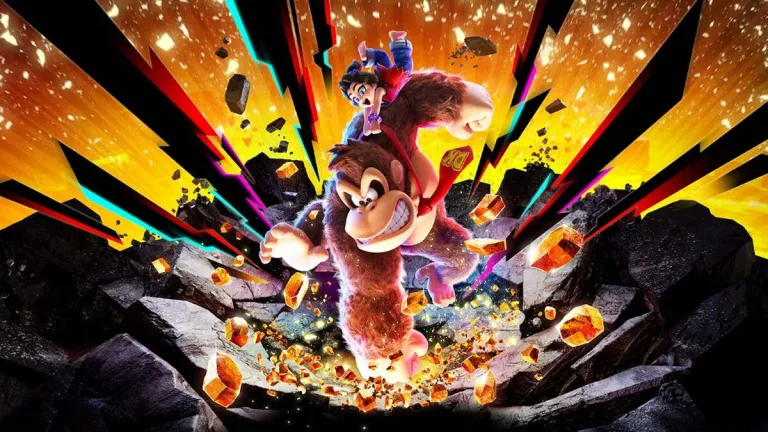
Donkey Kong Bananza: DK Island & Emerald Rush — Nintendo’s Worst Move in an Otherwise Brilliant Game
Nintendo, a company well-known for surprising its fans, once again leaves the community scratching their heads. This...
Since the 1990s, Pokémon has dominated the creature-collecting genre, but it has always had a consistent rival...


